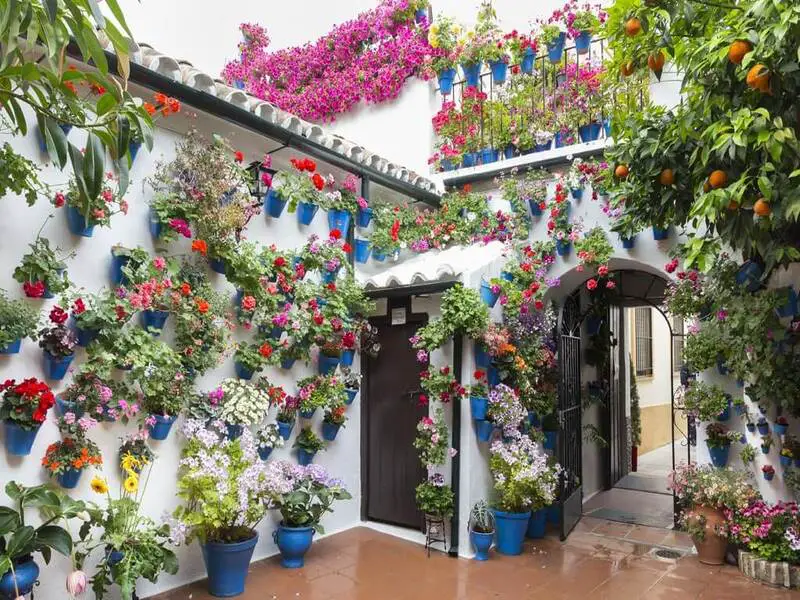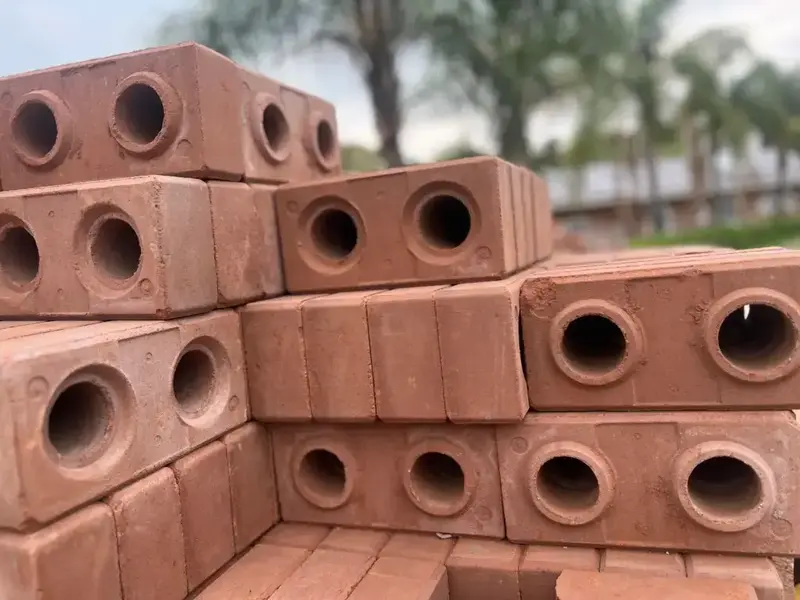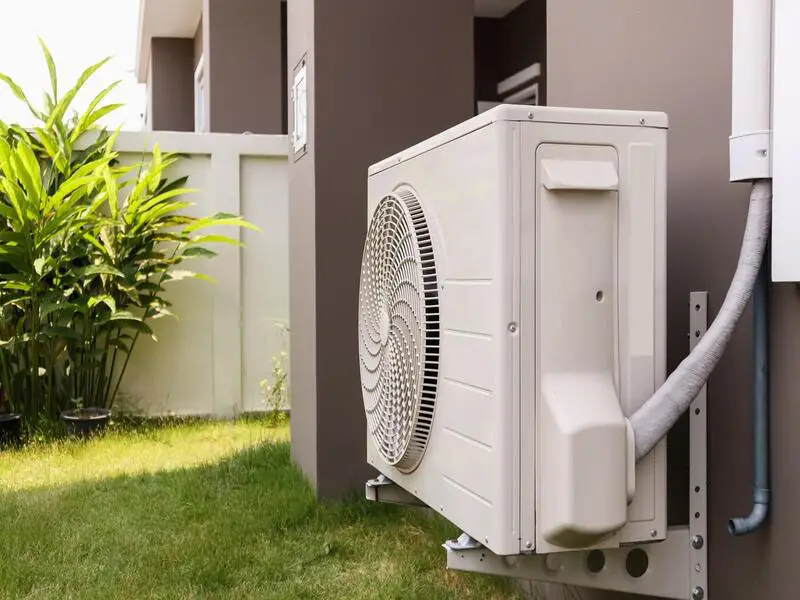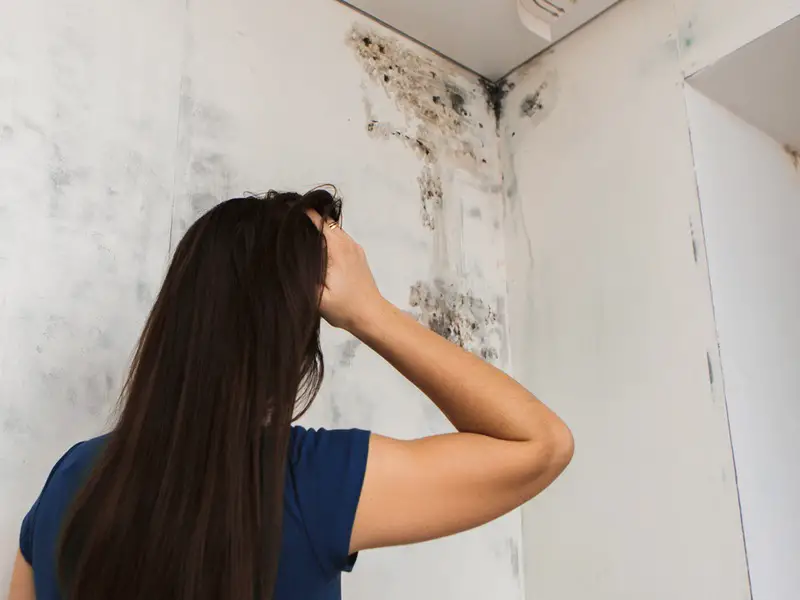In recent years, the idea of vertical gardens has gained significant popularity among homeowners, interior designers, and architects. Vertical gardens offer a way to incorporate greenery into homes and buildings, promoting sustainability both inside and outside the home. This article will explore the concept of vertical gardens, its benefits, and how to incorporate them into your home.
What are Vertical Gardens?
Vertical gardens are structures that are designed to support plants on a vertical surface. Unlike traditional gardens, which are planted in the ground, vertical gardens are created on walls, fences, trellises, or other upright structures. They can be made using a variety of materials, such as wood, metal, plastic, or fabric, and can be either indoor or outdoor installations.
The plants used in vertical gardens are grown in a specialized system that allows them to grow without soil or in a minimal amount of soil. This system is often referred to as hydroponics, which involves growing plants in water with added nutrients. In some cases, soil-based media may also be used to grow the plants.
Vertical gardens are often used as a way to introduce greenery and nature into urban environments where space is limited. They provide a way to bring plants and vegetation into areas that would otherwise be devoid of greenery. Additionally, they offer numerous benefits, such as improving air quality, providing insulation and shading, and even producing food.

Benefits of Vertical Gardens
Vertical gardens provide numerous benefits, both environmental and aesthetic. Here are some of the top benefits:
1. Increased Sustainability
One of the biggest benefits of vertical gardens is their ability to promote sustainability. They can help to improve air quality by absorbing carbon dioxide and other pollutants, which is especially important in urban areas where air pollution is a major problem. Vertical gardens are able to absorb pollutants through their leaves and convert them into oxygen through the process of photosynthesis. This not only helps to purify the air, but it also creates a healthier and more pleasant environment for people to live in.
In addition to improving air quality, vertical gardens can also help to reduce the urban heat island effect. This occurs when cities have too many hard surfaces, such as concrete and asphalt, which absorb and radiate heat, making the surrounding area much hotter than rural areas. Vertical gardens, on the other hand, help to cool down the surrounding areas by providing shade and evaporative cooling through transpiration. This makes the environment more comfortable for humans and wildlife, and reduces the amount of energy needed to cool buildings.
Furthermore, vertical gardens can also help to reduce the amount of stormwater runoff in urban areas. When it rains, water runs off of hard surfaces and collects pollutants along the way, ultimately ending up in rivers and streams. Vertical gardens can help to capture and absorb some of this runoff, reducing the amount of pollution that enters our waterways.
2. Space-Saving Solution
For many people, the desire to have a garden is often limited by the amount of available space. This is where vertical gardens come in. They are an excellent option for those who want to incorporate greenery into their homes but have limited space. Vertical gardens can be installed on any wall or surface, regardless of the size or shape, making them a versatile option for both indoor and outdoor spaces.
In urban environments, space is often at a premium, making it difficult to create a traditional garden. This is where vertical gardens can be particularly useful. They allow people to create gardens in small spaces, such as balconies or even inside their homes. This is especially important for those who want to enjoy the benefits of gardening but do not have access to outdoor space.
Vertical gardens are also great for those who want to maximize their growing area. Since they are grown vertically, they take up less horizontal space than traditional gardens, allowing gardeners to grow more plants in a smaller area. This can be particularly beneficial for those who want to grow their own food, as it allows them to grow a larger variety of fruits and vegetables in a smaller area.
Overall, vertical gardens are a space-saving solution that offer a versatile and flexible option for those who want to incorporate greenery into their homes or urban environments. They can be installed on any wall or surface, and take up less horizontal space than traditional gardens, allowing gardeners to grow more plants in a smaller area.
3. Aesthetic Appeal
One of the most attractive benefits of vertical gardens is the unique and visually stunning aesthetic they provide. Vertical gardens can be customized to fit any design style or color scheme, making them a versatile and visually appealing addition to any home or building. They add natural texture and color to interior spaces, creating a calming and peaceful environment that is both visually appealing and relaxing.
Vertical gardens are available in a range of styles and sizes, from simple, minimalist designs to more intricate and ornate installations. They can be created using a variety of plants, including flowering plants, herbs, vegetables, and succulents, which can be chosen to complement the existing décor or add a pop of color to a room.
In addition to their visual appeal, vertical gardens also provide a number of practical benefits. They help to improve air quality by absorbing pollutants, and can also help to reduce the urban heat island effect, making the surrounding environment more comfortable for both humans and wildlife. They also provide a habitat for wildlife, such as bees and birds, which can help to promote biodiversity.
How to Incorporate Vertical Gardens into Your Home
Now that we’ve discussed the benefits of vertical gardens, let’s explore how to incorporate them into your home.
1. Choose the Right Location
When planning a vertical garden, it’s crucial to choose the right location. The success of your vertical garden will largely depend on the amount of sunlight and moisture that the wall or surface receives. Some plants require more sunlight, while others prefer a shadier environment. Similarly, some plants need more water than others, so it’s important to choose a location that is well-suited to the specific plants you want to grow.
In general, a south-facing wall or surface is ideal for a vertical garden, as it will receive the most sunlight throughout the day. However, if you live in a particularly hot or sunny climate, you may want to choose a wall or surface that receives partial shade during the hottest part of the day. This will help to protect your plants from heat stress and ensure that they thrive.
You should also consider the moisture level of the wall or surface. If the wall or surface is too dry, your plants may struggle to grow and thrive. On the other hand, if the wall or surface is too moist, you may encounter problems with mold or rot. Make sure to choose a location that provides the right amount of moisture for the specific plants you want to grow.
2. Select the Right Plants
Choosing the right plants for your vertical garden is crucial to its success. The plants you choose will depend on a variety of factors, including the amount of light and moisture the plants require, as well as their size and growth rate.
When selecting plants for your vertical garden, consider the amount of sunlight and shade the wall or surface receives. Some plants require full sun, while others prefer partial or full shade. Make sure to choose plants that are well-suited to the specific lighting conditions of your vertical garden.
You should also consider the moisture level of the wall or surface. Some plants thrive in dry environments, while others prefer more moisture. Make sure to choose plants that are well-suited to the specific moisture conditions of your vertical garden.
Another important factor to consider when choosing plants for your vertical garden is their size and growth rate. You want to choose plants that won’t outgrow the space available and won’t require constant pruning to keep them under control.
Some popular plants for vertical gardens include ferns, succulents, and herbs. Ferns are a great choice for shady environments, while succulents are well-suited to dry conditions. Herbs like basil, thyme, and mint are also great choices for vertical gardens, as they are easy to care for and provide a delicious and aromatic addition to any space.
3. Install the Vertical Garden System
When installing a vertical garden system, it is important to consider the type of system that best fits your needs. Modular systems consist of individual containers that can be attached to a wall or surface, allowing for easy customization and maintenance. Pocket systems use pockets or pouches to hold the plants and soil, and are great for smaller spaces. Tray systems are typically used for larger plants and are designed to hold a larger amount of soil and water.
When installing the system, it is important to ensure that the wall or surface is sturdy enough to support the weight of the plants and the system itself. It may also be necessary to install a waterproof membrane or backing to prevent water damage to the wall or surface.
If you are unsure about the installation process, it is recommended to consult with a professional to ensure that the system is installed correctly and safely. A professional can also provide guidance on the best plants and system for your specific space and needs.
4. Maintain Your Vertical Garden
Maintaining your vertical garden is crucial to ensure its longevity and health. Proper maintenance involves watering, fertilizing, and pruning the plants regularly. The frequency of watering and fertilizing will depend on the type of plants you have chosen and the environment they are in. It is important to follow the manufacturer’s instructions for your specific system, as some systems may require less maintenance than others.
When watering your vertical garden, it is important to avoid overwatering, as this can cause root rot and other issues. Check the soil moisture regularly and adjust your watering schedule as needed. It may be helpful to use a moisture meter or install a drip irrigation system to ensure that the plants are receiving the correct amount of water.
Fertilizing your vertical garden is also important to ensure that the plants are receiving the necessary nutrients. Choose a fertilizer that is appropriate for the type of plants you have selected and follow the recommended dosage. It is important to avoid over-fertilizing, as this can damage the plants and cause them to become stressed.
Regular pruning is important to ensure that the plants do not become overcrowded and to promote healthy growth. Prune any dead or damaged leaves or stems and remove any plants that are not thriving.
By following these maintenance tips, your vertical garden can continue to thrive and provide a beautiful and sustainable addition to your home or building.
Conclusion
Vertical gardens offer numerous benefits, both environmental and aesthetic. They are a sustainable alternative to traditional gardens, a space-saving solution for those with limited space, and a unique and visually stunning addition to any home or building. Incorporating a vertical garden into your home is a great way to promote sustainability both inside and outside the home.




